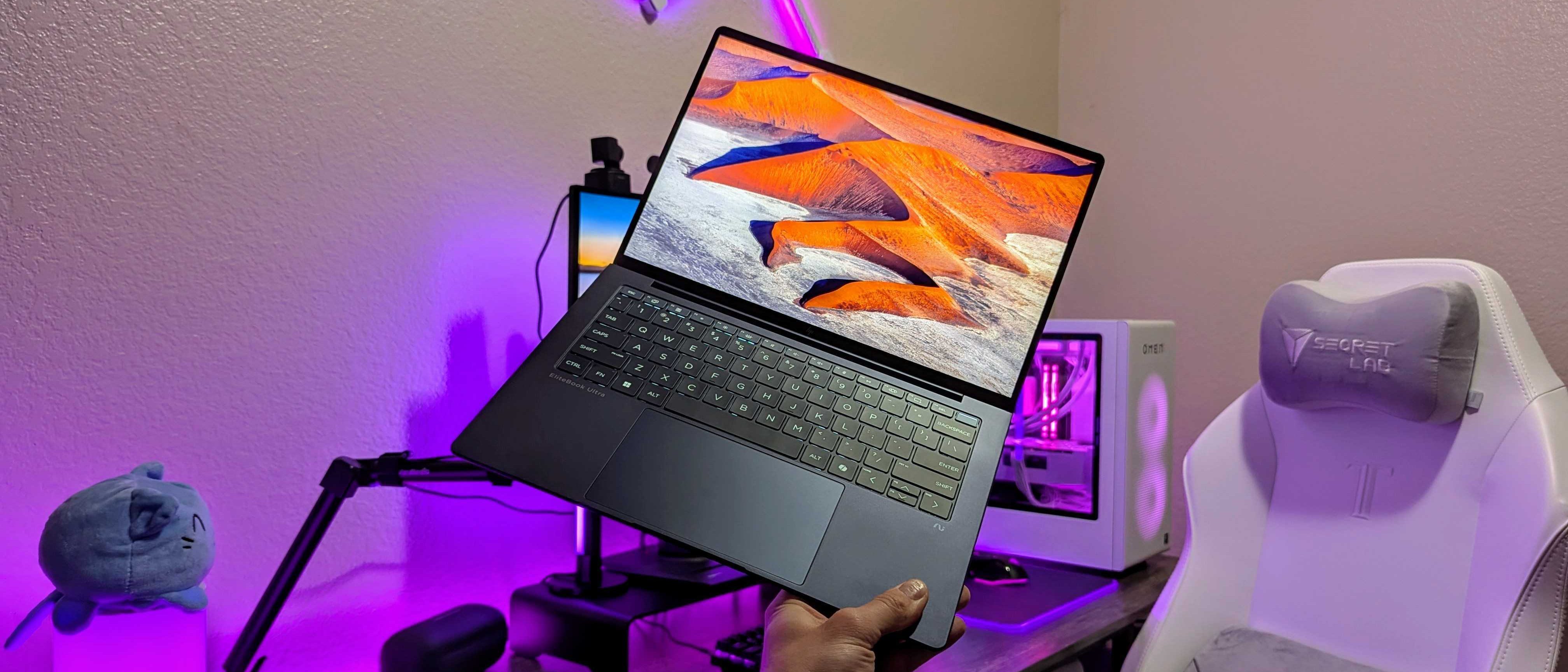Skip the Lenovo Yoga 3 Pro and go for the Surface Pro 3 instead
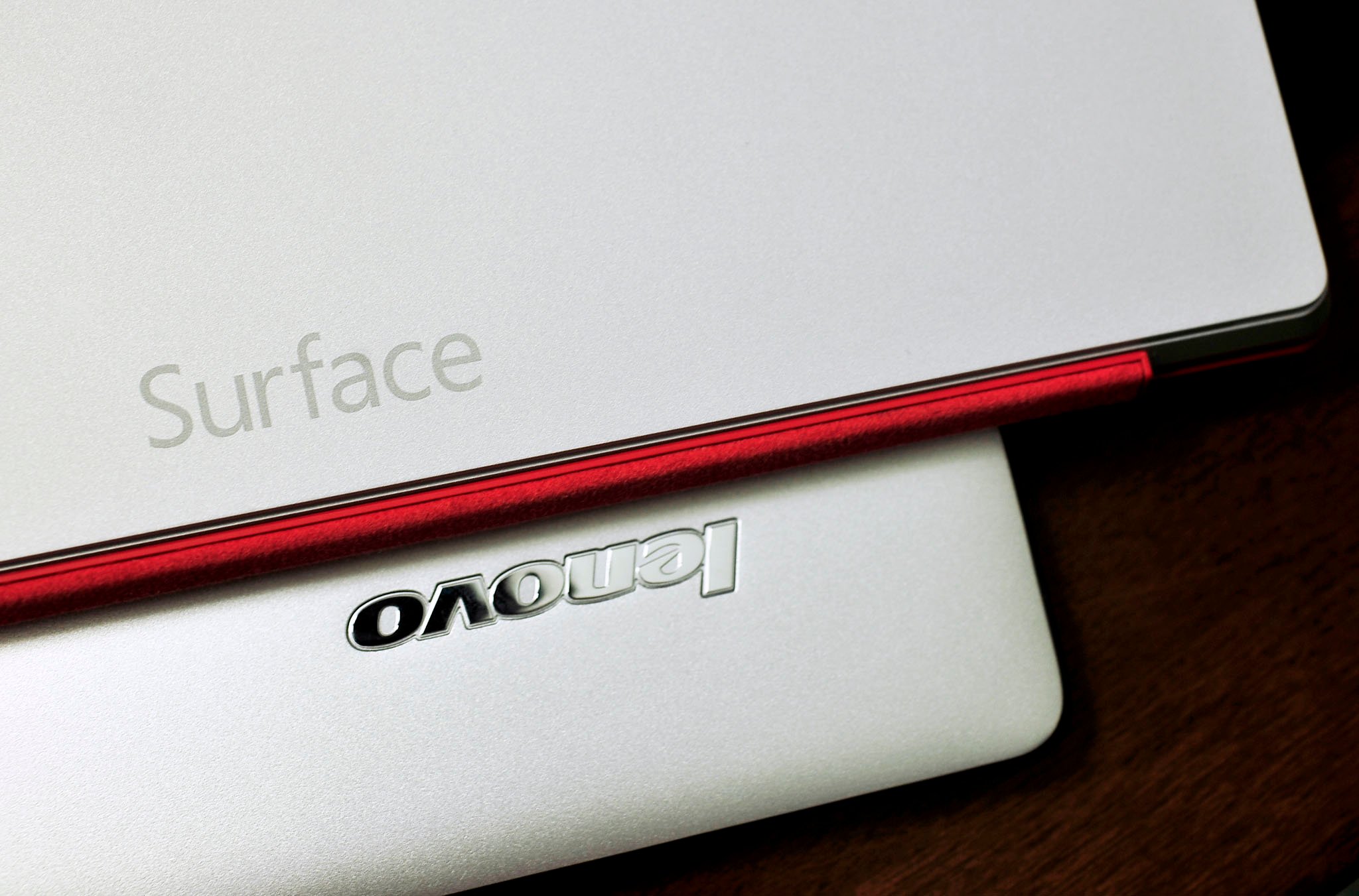
A few days ago, I managed to pick up a Yoga 3 Pro to review for the site. See my unboxing and tour here if you missed it. I am still feeling out the ultra slim Ultrabook, but I can already answer one question for you. If you are choosing between buying the Surface Pro 3 and the new Yoga, you should pass on the Lenovo.
This conclusion is not to say the Yoga 3 Pro is bad, but rather I so far find it underwhelming. Let us compare.
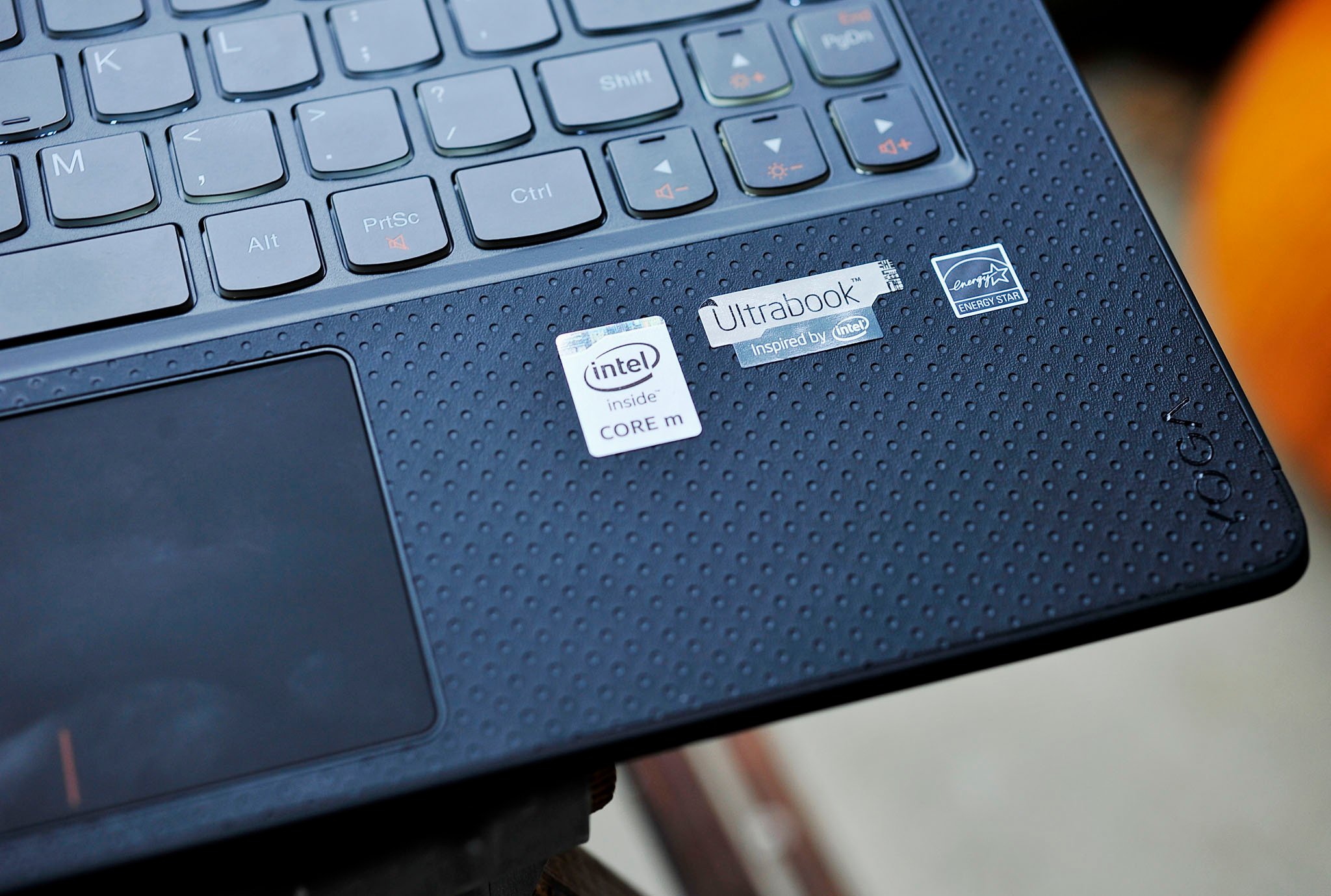
Processor
The Surface Pro 3 ships with an Intel Core i3, Core i5, or Core i7 Haswell processor. The Yoga 3 Pro, on the other hand, has a brand new Core M-70 Broadwell.
Putting aside benchmarks and raw speeds for now, I can easily state that the Core i5 (and especially Core i7) are much faster in performance. The Core M so far has uneven performance for applications, especially in Chrome browser (IE 11 fares much better). The Core M does well with Windows 8.1 Modern apps, which bodes well for the chip when it heads to tablets later this year, but for desktop apps it is not very impressive.
To give you a real-world reference, the Core M so far feels like an Atom processor to me. Of course, you may be thinking 'Well, at least the battery life is better with the Core M and Lenovo, right?' Wrong.
Battery
Lenovo claims "up to 9 hours" with the Yoga 3 Pro. Now, I am always skeptical of those numbers, as they are usually under ideal conditions with many aspects of the hardware tuned down. The Yoga 3 Pro though can maybe get five or six hours tops from standard usage. This battery life is, of course, with the processor tuned down using the battery-saver mode and the display substantially dimmed.
Is the battery life terrible? Not when you remember that this is a 2.6-pound Ultrabook. Nevertheless, this number is well below what Lenovo is advertising, and when you combine it with an uneven performance, there is no benefit. Indeed, I am quite positive my Surface Pro 3 with a powerful Core i7 will last longer, and that processor obliterates the Core M for performance.
Get the Windows Central Newsletter
All the latest news, reviews, and guides for Windows and Xbox diehards.
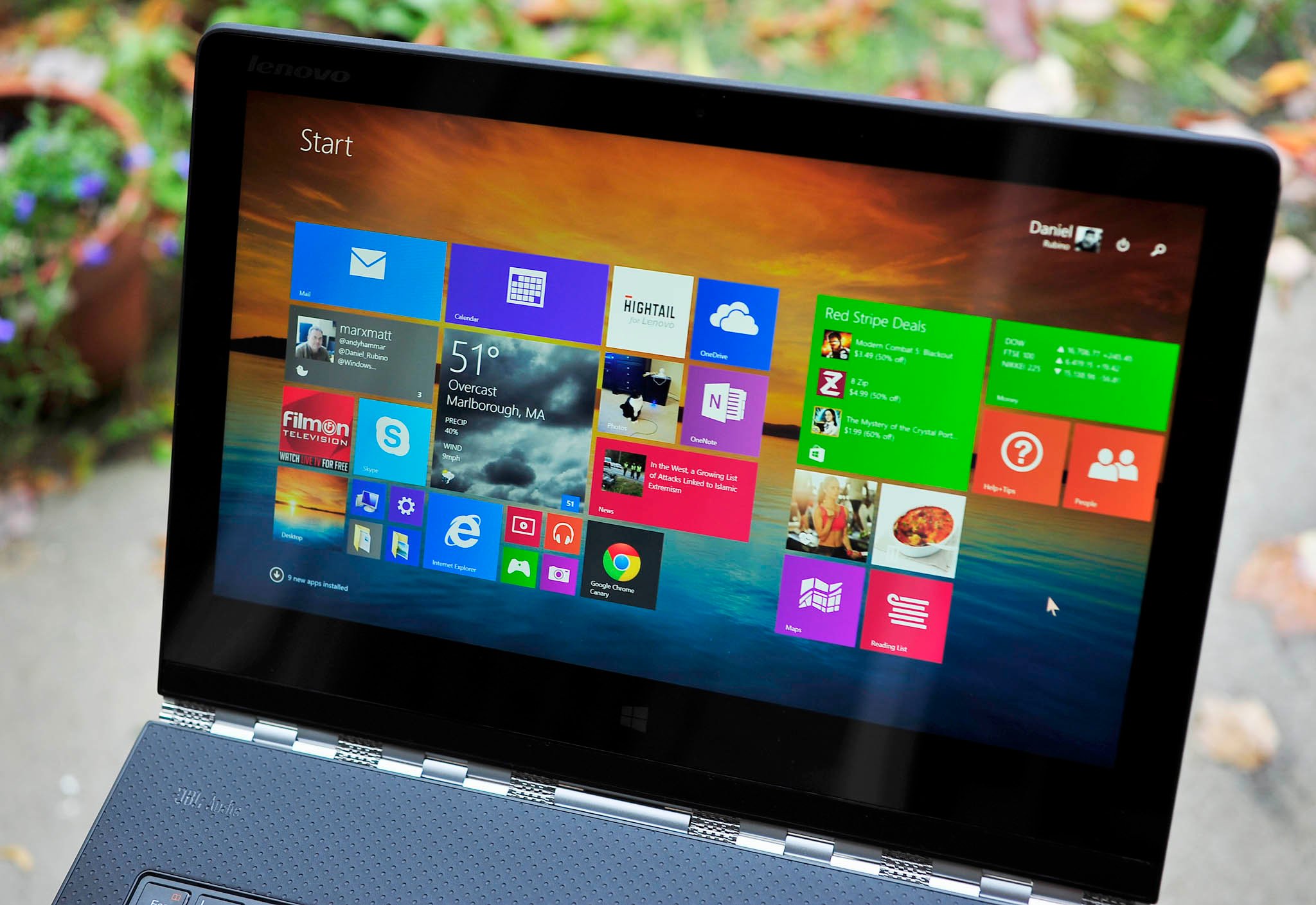
Display
The Lenovo Yoga 3 Pro comes with a 13.3-inch QHD+ display at 3200 x 1800 (276 PPI). The Surface Pro 3 has a smaller 12-inch display at a lower resolution 2160 x 1440 (216 PPI). Putting aside your preference for size, the display on the Yoga 3 Pro is much better than its predecessor the Yoga 2 Pro. The reason for that is Lenovo wisely went with a Samsung panel this time around, so there is no yellow color-cast or other anomalies.
In terms of brightness, the Yoga 3 Pro is around 300 nits, while the Surface Pro 3 is upwards of 370. Winner here would be the Surface.
Although 3200 x 1800 on the Yoga 3 Pro is impressive, even on my 15-inch Dell XPS 15 I find it a little overkill. There is also little doubt that powering such a high-resolution display taxes the battery, which I already suggested is not that great on the Yoga 3.
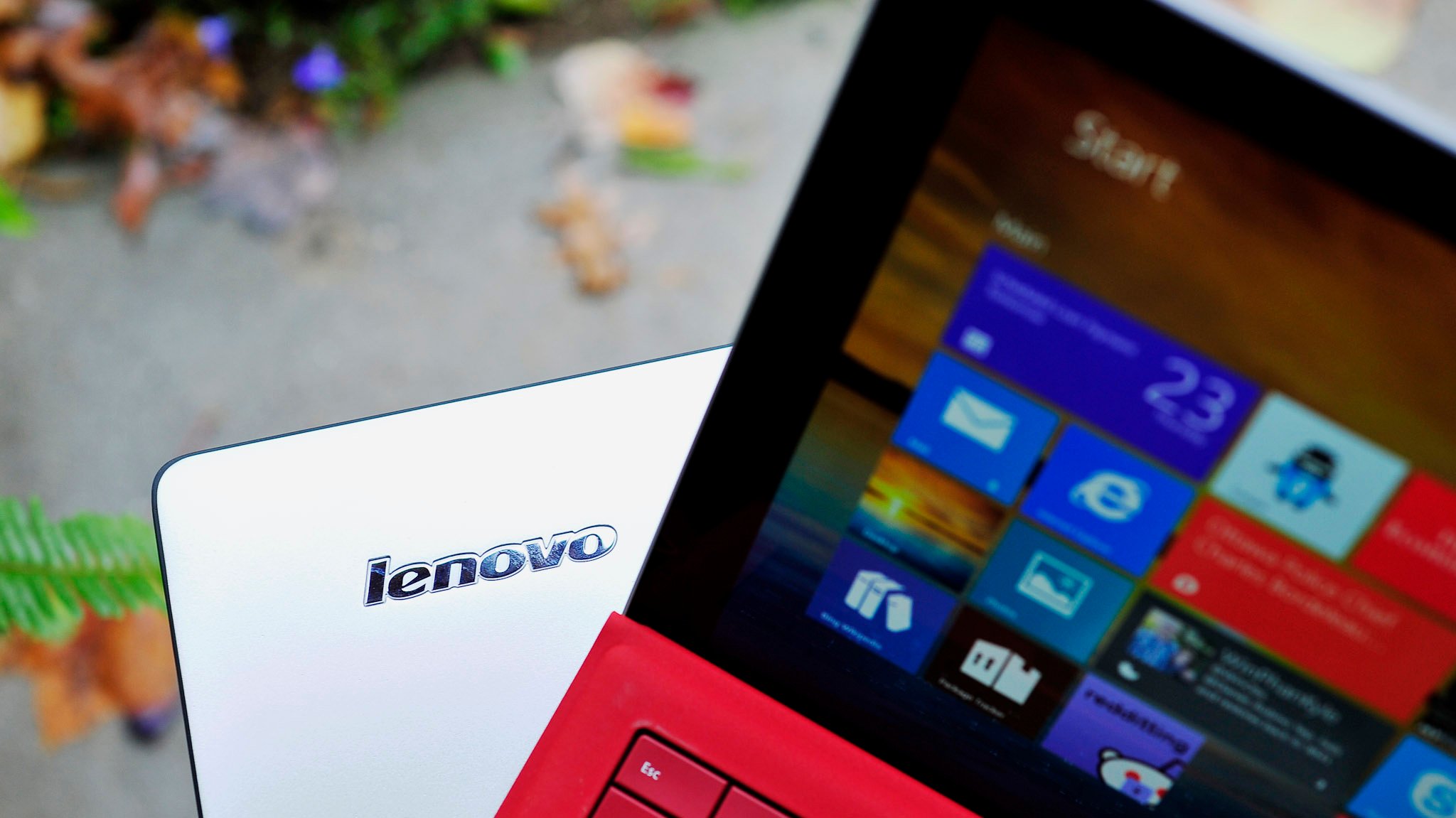
There is a reason that the 11-inch MacBook Air still ships with Apple's abysmal 1366 by 768 display(142 PPI) even in 2014, and that is to attain that ridiculous 12-hours of real-world usage. The Surface Pro 3 comes nowhere near that 12-hours of battery life that the MBA has, but it can effortlessly squeeze out 7-8 hours.
Fan
Much to my surprise, the Yoga 3 Pro does have a fan in it, although a small quiet one. The Surface Pro 3 also has a fan and it is known to come on occasion, whirring up a little storm.
Both fans are quiet though, especially when compared to most laptops. Regardless, the Yoga 3 Pro's fan is on almost constantly. The Yoga's fan doesn't just turn on when it is warm, like the Surface under heavy workload, but when browsing the web or using the OS. It just feels odd.
Support
In the past, I have had decent support with Lenovo, but others here have had other experiences. All I can say is if I had to choose between Microsoft and Lenovo for long-term hardware support, including firmware updates, I would pick Microsoft.
The Surface team has been aggressive in updating the firmware, optimizing performance, and getting Windows to hum nicely with their hardware. I am also a big fan of buying through Microsoft, especially in their physical stores for two reasons: (1) Signature experience with just the OS installed and no bloatware, (2) the very lenient return/exchange policy should you have any issues.
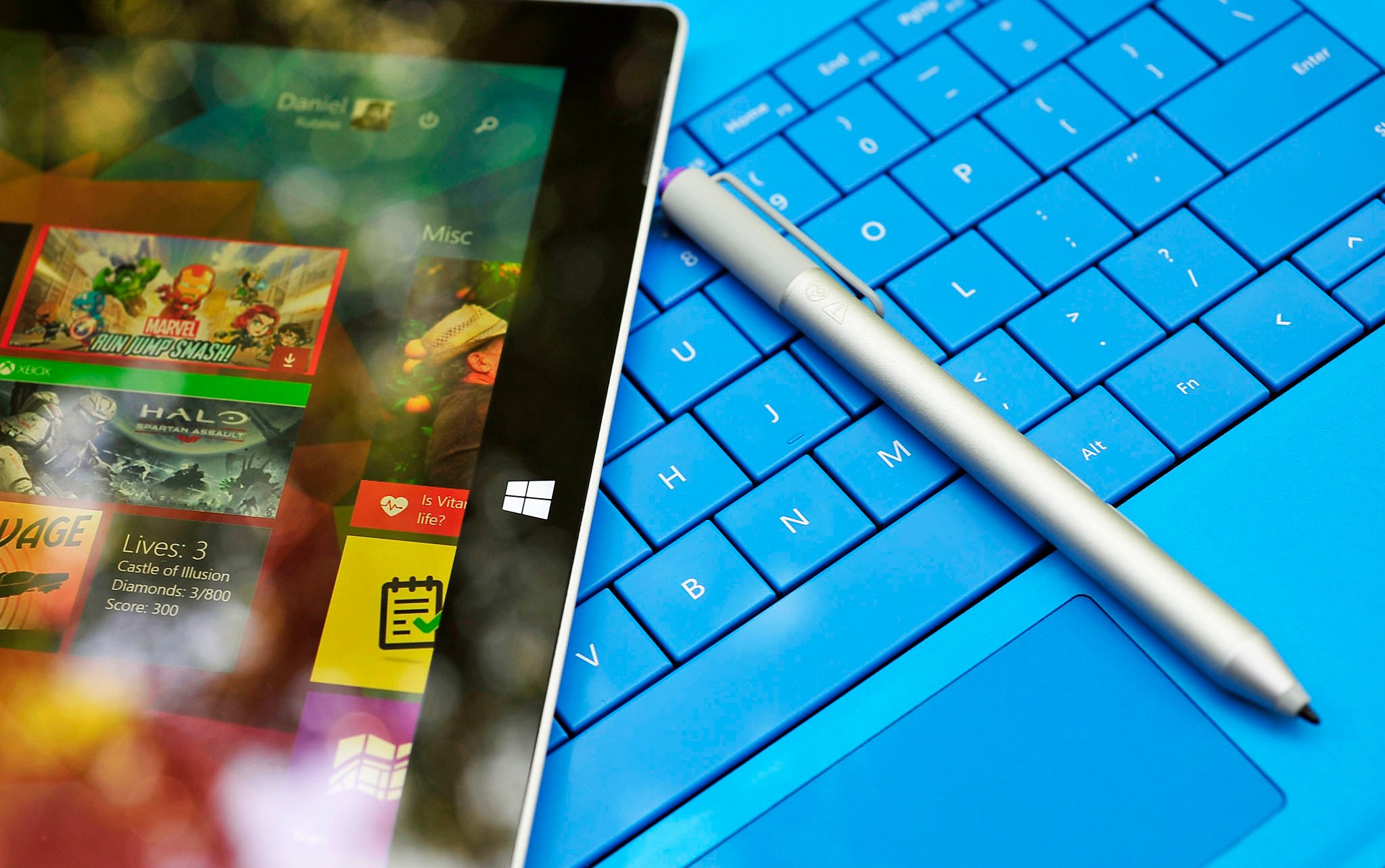
Pen
Surface Pro 3 has one. Yoga 3 Pro does not.
Your mileage may vary on the "need" for the Surface Pen, but for many people it is a significant selling point.
Weight
- Surface Pro 3: 1.76-pounds (800 grams); 2.42-pounds (1097 grams) with Type Cover
- Yoga 3 Pro: 2.67-pounds (1211 grams)
Even with the Type Cover, the Surface Pro 3 is 10% lighter than the Yoga 3 Pro.
Thinness
- Surface Pro 3: 0.3-inches (9.1 mm); ~0.5-inches (12.8 mm) with Type Cover
- Yoga 3 Pro: 0.5-inches (12.8 mm)
In terms of how thin they are, both devices match up when you add the necessary keyboard to the Surface. However, the overall footprint of the Surface Pro 3 is significantly smaller, partially due to the 1.3-inch smaller display.
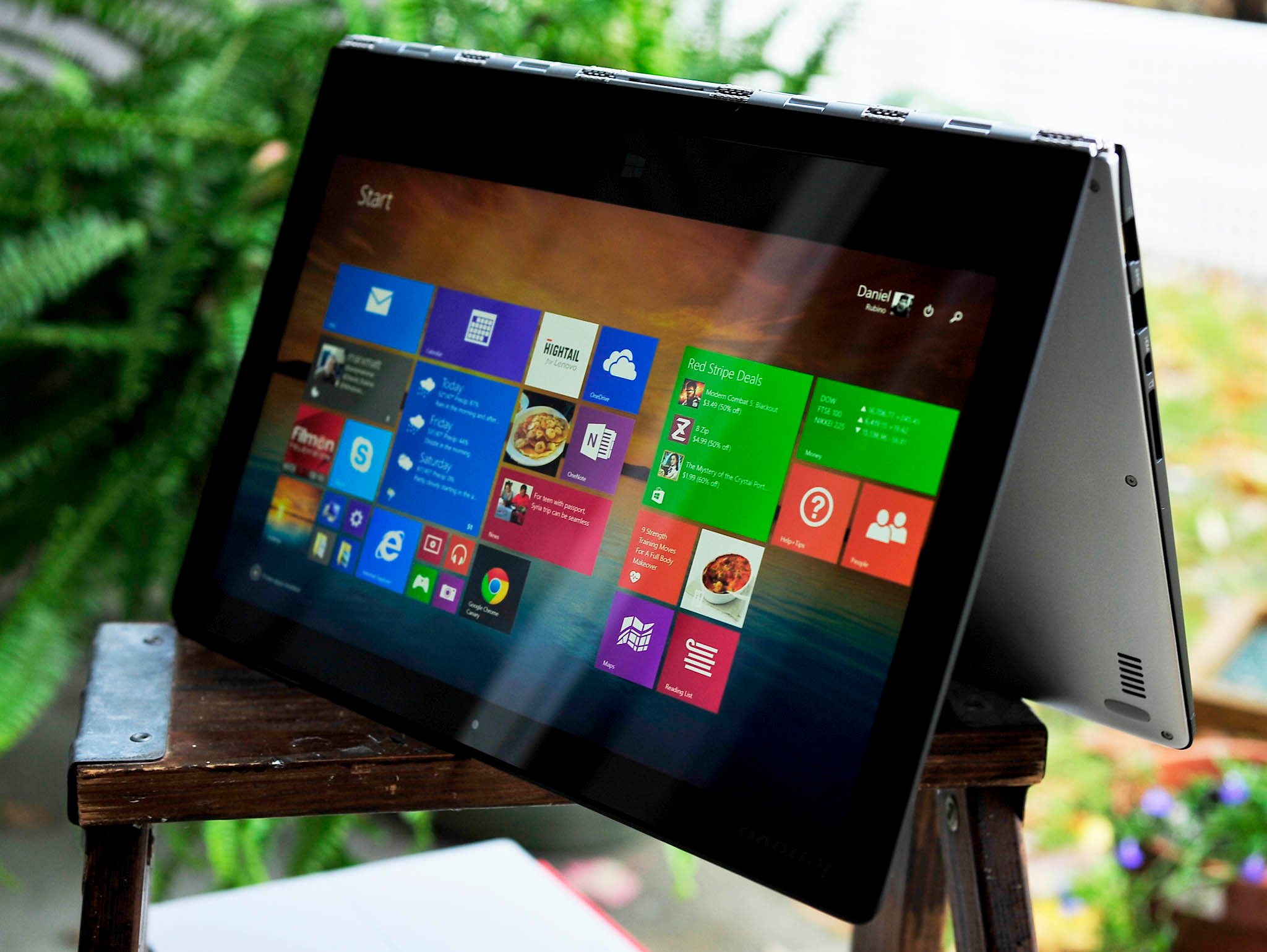
Build quality
The Yoga 3 Pro feels quite premium, and I cannot find many faults with the overall quality. However, the Surface Pro 3 feels like a feat of engineering that it is. That opinion is purely subjective, although I think many people would likely agree.
Price
Many people here were repulsed by the $1,394 price tag for the 256 GB Lenovo Yoga 3 Pro. In having owned a few premium Ultrabooks, this price did not shock me as it is in line with the finest in mobile PCs these days.
Now that I have used the Yoga 3 Pro for a couple of days, I cannot say I feel the price is worth it—at least not for the experienced battery and performance.
By comparison, a Surface Pro 3 starts at $799 for the Core i3 version but is around $930 with the necessary Type Cover. To make more things even, let us bump it up to the Core i5 version with 256 GB of storage, matching the Yoga 3 Pro:
- Surface Pro 3 (Core i5, 256 GB, 8GB RAM) + Type Cover: $1,428.99
- Yoga 3 Pro (Core M, 256 GB, 8 GB RAM): $1,349.99
Okay, fair enough, the Yoga 3 Pro comes in at $79 cheaper. Do yourself the favor though, splurge on the extra $79 and go with the Surface. If you are a student, you can shave off 10% ($142) off the Surface Pro 3 with Core i5 and 256 GB and save $63 versus the Yoga 3 Pro.

Conclusion
I should reiterate that I am not quite saying the Yoga 3 Pro is a terrible device, but so far, I am underwhelmed by it. Sure, it is light and thin, and some of it is great (I love the facial ID recognition for unlocking the OS), but as of now I am not in love with it. At least not nearly as much as I thought I would have been.
Perhaps my mind will change some more of the next few days, but as soon as I pick up and use my Surface Pro 3, I immediately prefer it to the Yoga. For that reason, and those outlined above if you had to spend your money on one or the other, I think the Surface Pro 3 is a better bet. You acquire better battery life, a more powerful processor, and Microsoft's superior support.
Moreover, as cool as the Yoga 3 Pro is, the Surface Pro 3 is just cooler to use.
If you are on a budget and would still like something around 13-inches go for the excellent Dell XPS 13 (which I own too). You can pick up the Core i5 version with 8GB of RAM and 128 GB of storage for $899 at Microsoft. The 13.3-inch display is exceptional, albeit a lower resolution at 1920 x 1080. Even compared to the Yoga 3 Pro, I would grab this 3-pound (1.39 kg) Dell. You would get something much more affordable with a stronger processor, better battery, and the keyboard is awesome.
For more of my thoughts on the Surface Pro 3, you can read my full-review.

Daniel Rubino is the Editor-in-chief of Windows Central. He is also the head reviewer, podcast co-host, and analyst. He has been covering Microsoft since 2007 when this site was called WMExperts (and later Windows Phone Central). His interests include Windows, laptops, next-gen computing, and wearable tech. He has reviewed laptops for over 10 years and is particularly fond of 2-in-1 convertibles, Arm64 processors, new form factors, and thin-and-light PCs. Before all this tech stuff, he worked on a Ph.D. in linguistics, performed polysomnographs in NYC, and was a motion-picture operator for 17 years.
